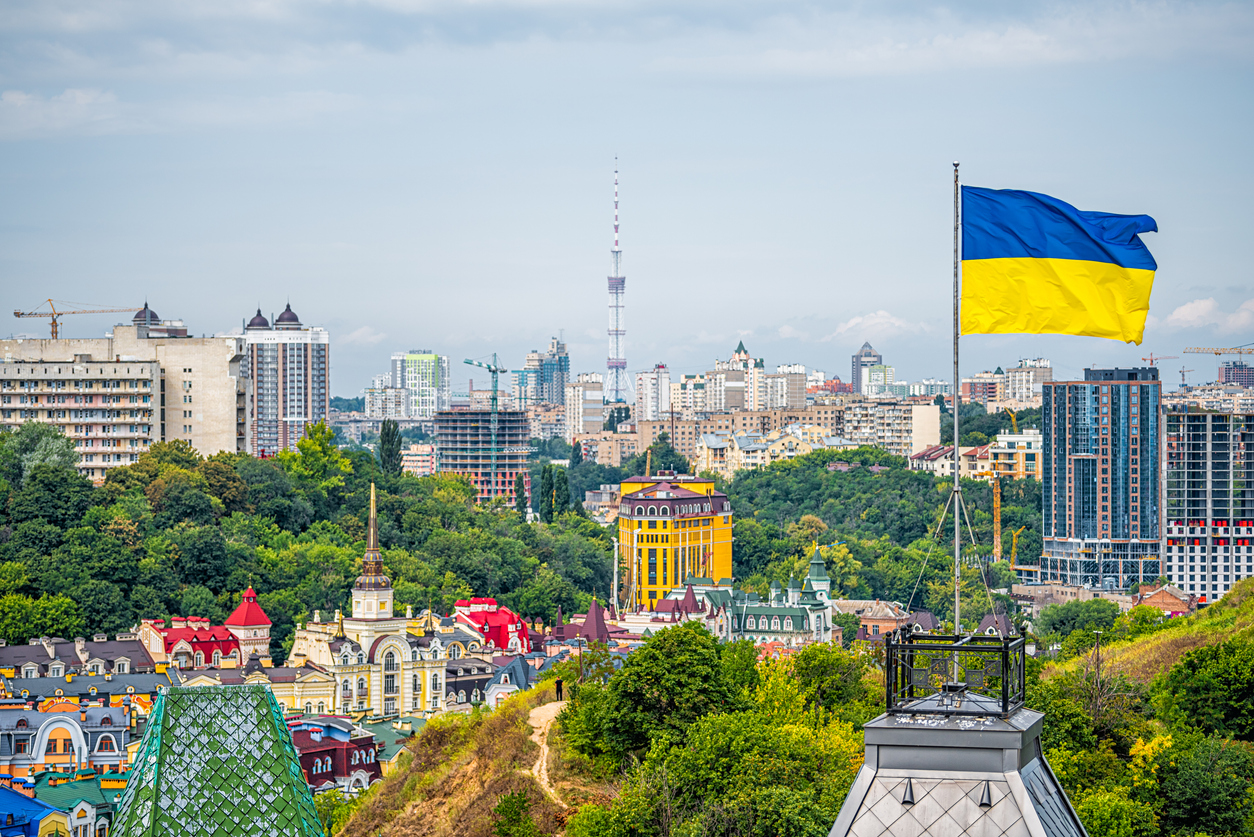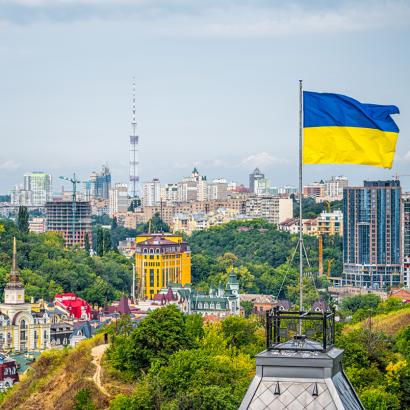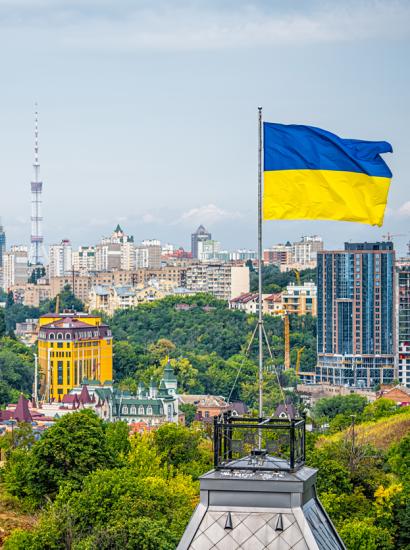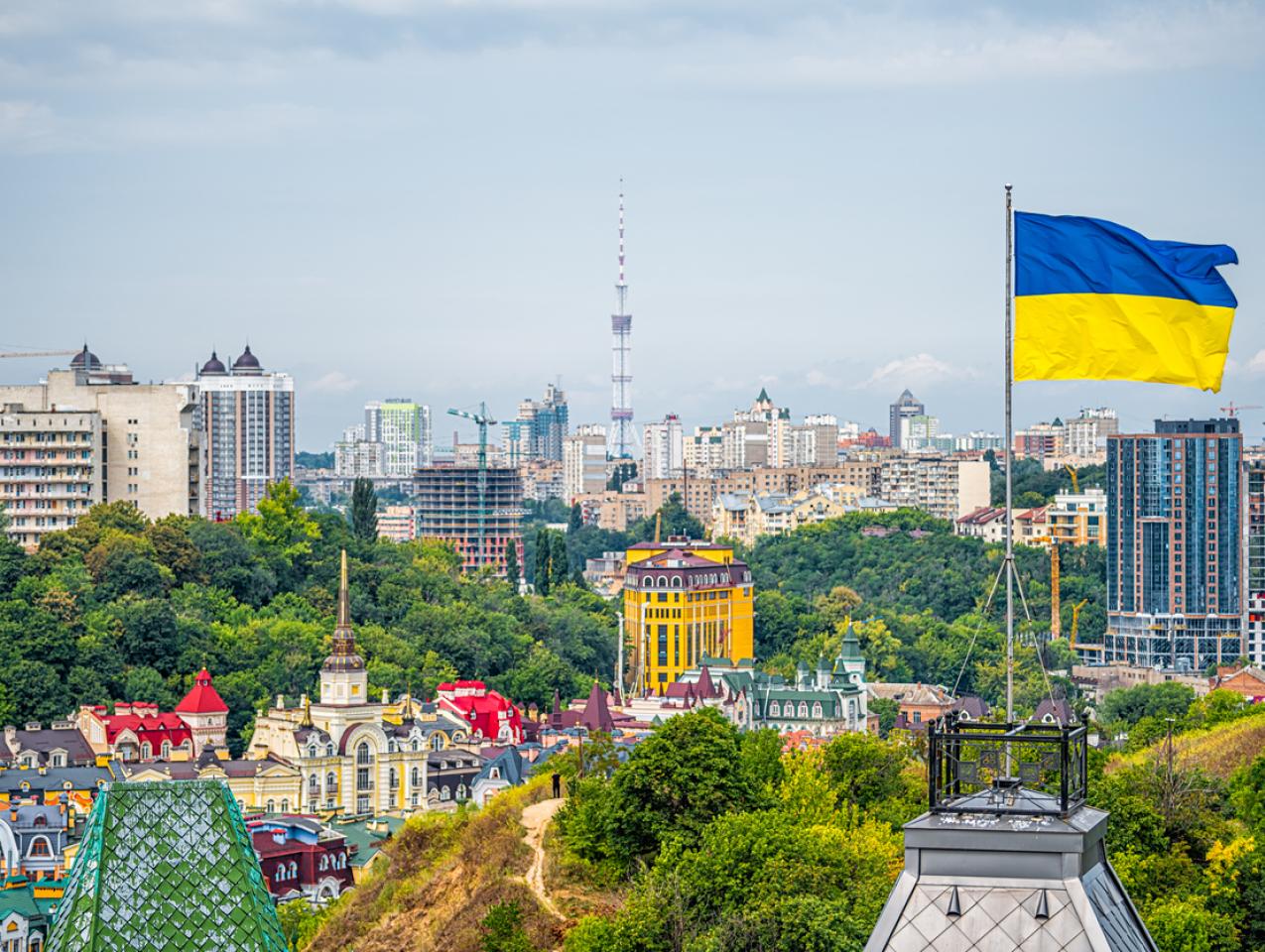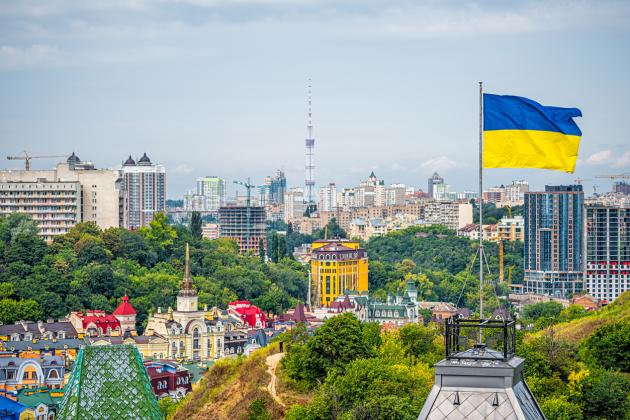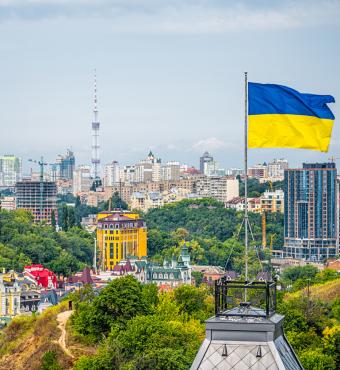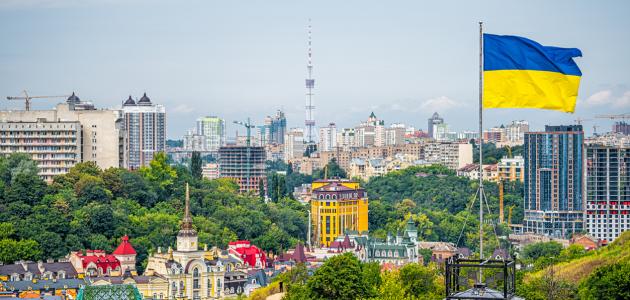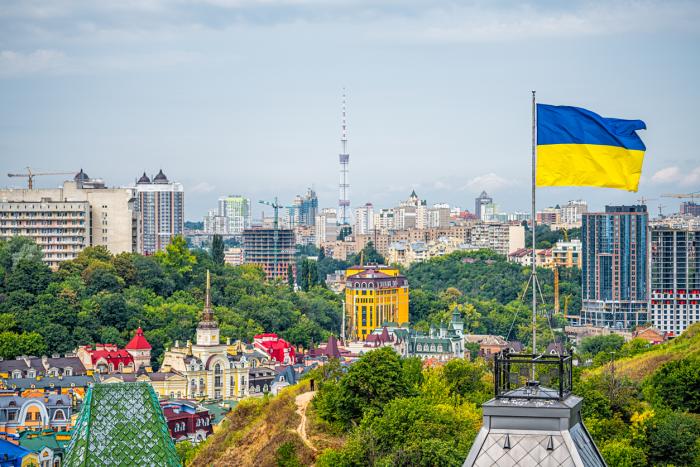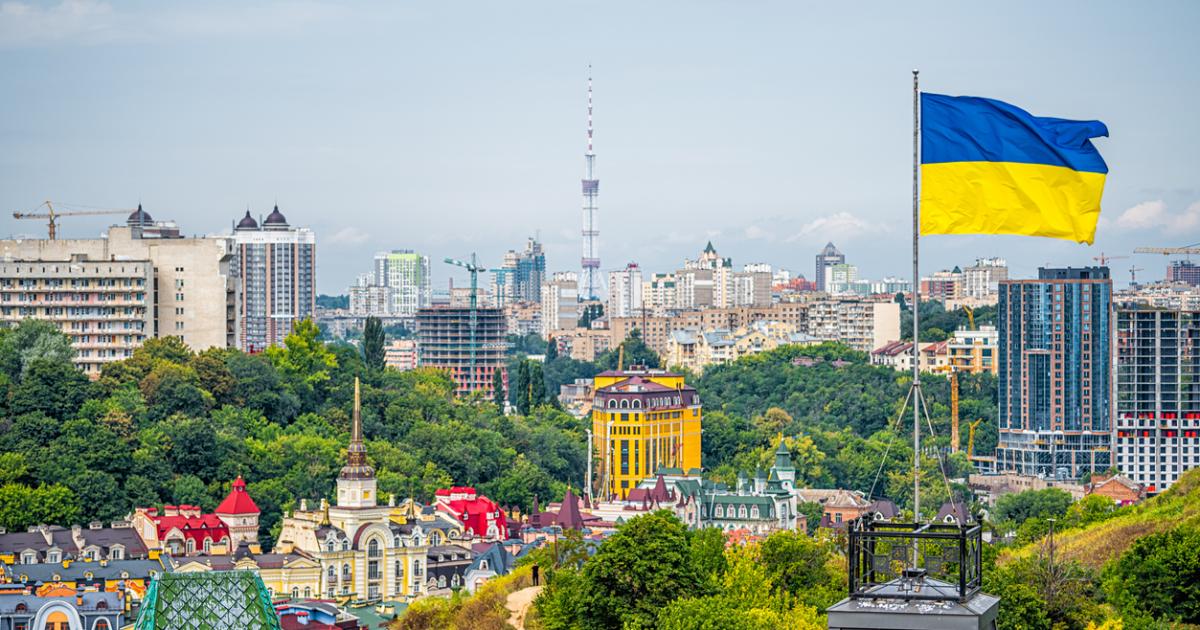This author’s confidence in the Alliance was low when Putin pounced a year ago. As it turned out, NATO has not been in better shape for a couple of decades. Just remember Messrs. Macron and Trump. One called the Alliance “brain-dead,” the other “obsolete.” Trump, like Obama, pulled U.S. troops from Europe.
War does strange things to alliances. On the one hand, members hesitate to commit when the going gets tough. Or they reach out the other side, as the French president and the German chancellor initially did by being on the phone with Putin every other day after the invasion. On the other hand, the Samuel Johnson dictum kicks in: “When a man knows he is to be hanged in a fortnight, it concentrates his mind wonderfully.”
So, it did, and the Alliance is booming. There was indeed a Zeitenwende, the “sea-change” proclaimed by Olaf Scholz after decades of making nice to Moscow. Why?
The weightiest factor is America’s return to leadership under Joe Biden, ending the creeping neglect of Europe under Obama and Trump. If the U.S. doesn’t commit, no other member will. Only the U.S. can herd cats. So, it took the United States to beef up forces in Europe and step up as the biggest armorer of Ukraine. Only when he promised Abrams tanks to Kyiv did Scholz follow with Leopards. It takes a nuclear-armed superpower to corral allies by insuring them against Russian retaliation. Safety makes for valor.
The second factor is Ukraine itself and its miraculous victories that exposed Russia’s miserable performance. States don’t want to back losers, nor face deadly risks posed by a seemingly invincible foe. They would rather hold back to keep the war away from their own lands.
Had Russia taken Kyiv by blitzkrieg, the Europeans—probably the U.S. as well—would have swallowed the loss. They had done so after Russia had grabbed Crimea and southeastern Ukraine. The West tacitly ratified Russia’s conquests, which must have enticed Putin to go for more, as he did on February 24, 2022. That his army was turned back so quickly encouraged the West to line up behind Ukraine, unleashing an unending stream of arms and funds.
The third factor brings us back to the greatest concern of them all: peace and war, order and balance. Putin’s lunge raised the specter of Russian hegemony over Europe. At a minimum, he wants a certified sphere of influence, at a maximum to restore the old Soviet empire. In other words, a 77-year-old peace was suddenly tottering, and hence, the stakes are far bigger than Ukraine. A telltale sign are Sweden and Finland, age-old neutrals who suddenly applied for NATO membership. The closer to Russia nations are—Poland, the Baltics, the Scandinavians—the more eager they are to huddle under the NATO (and American) umbrella.
Hence, the rejuvenation of NATO. Hence the “sea-change” in Germany, whose Ostpolitik was dedicated to the rule: Don’t rile the Russian Bear. Now it is panzers for Kyiv, no more Nord Stream 2, and an extra hundred billion euros for defense. Alas, these will not soon translate into hands-on rearmament, given the country’s drawn-down production facilities.
Which goes for the rest, as well. The Ukraine War has revealed the true price of three decades of disarmament. The Alliance has shrunk not only its munition stockpiles, but also its manufacturing lines. High-intensity and protracted warfare seemed a thing of the past, but in Ukraine it is back. The war will not end soon, but whichever way it goes, it holds a lesson for the West: Invest in readiness. Prepare, train, and pile up plenty of gear and ordnance.







